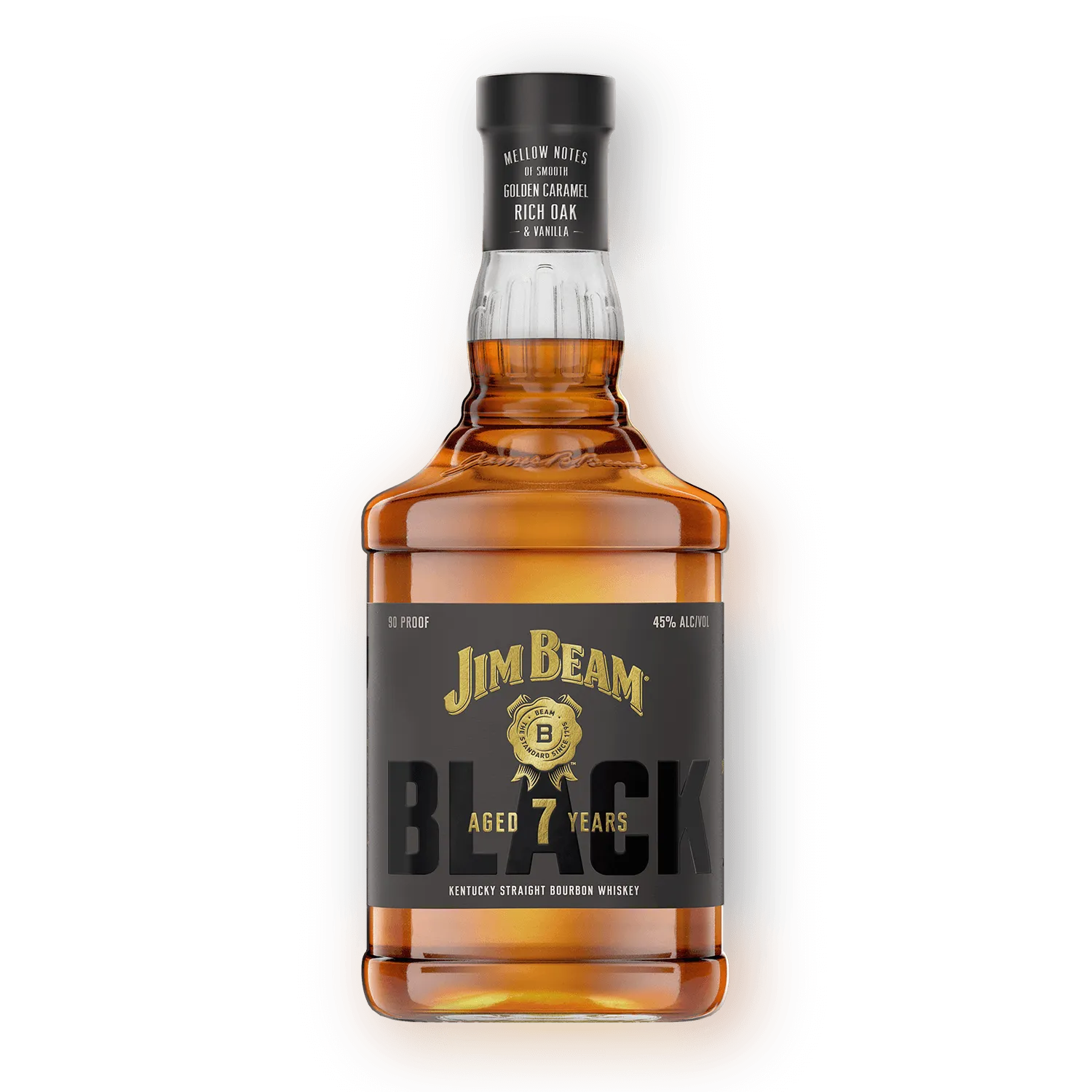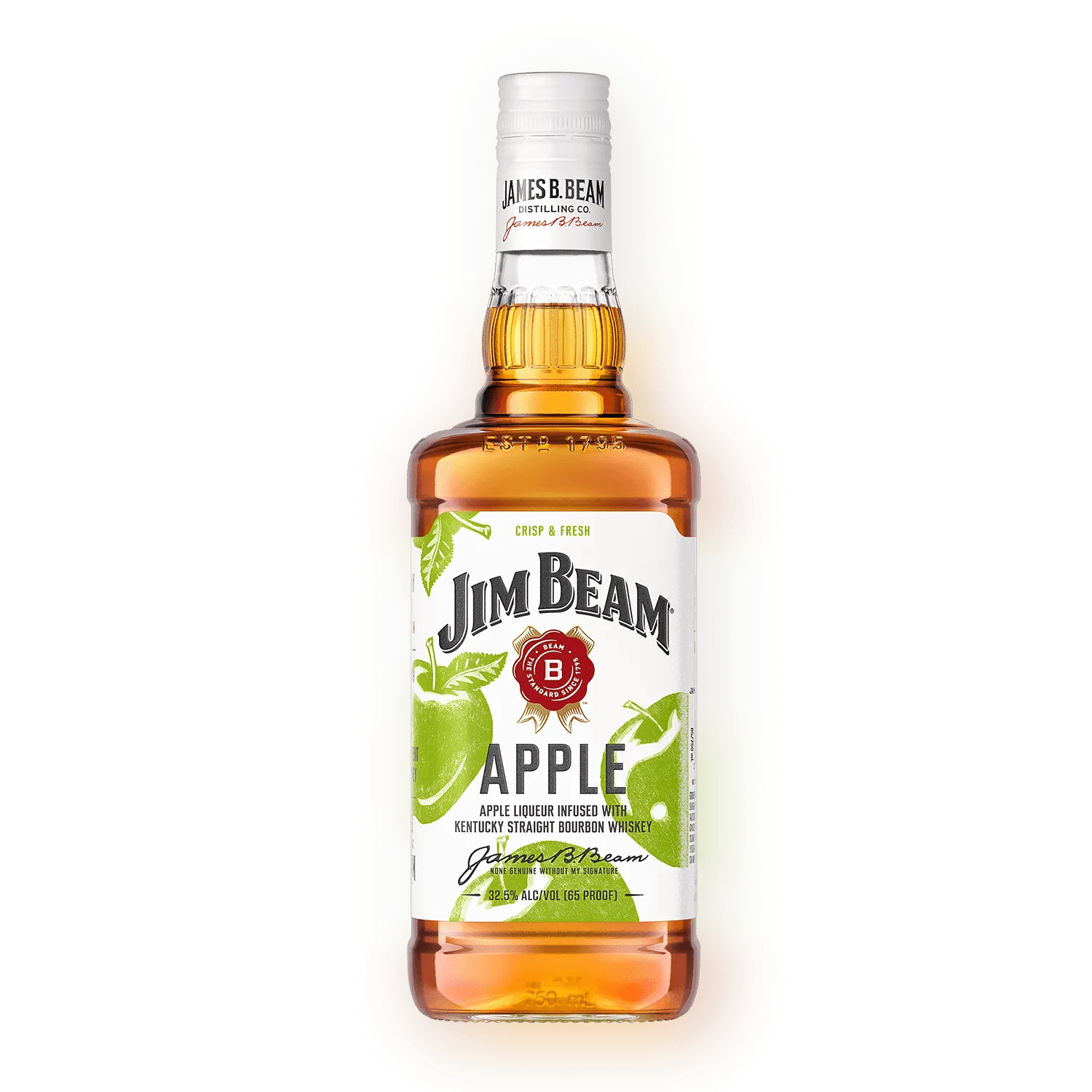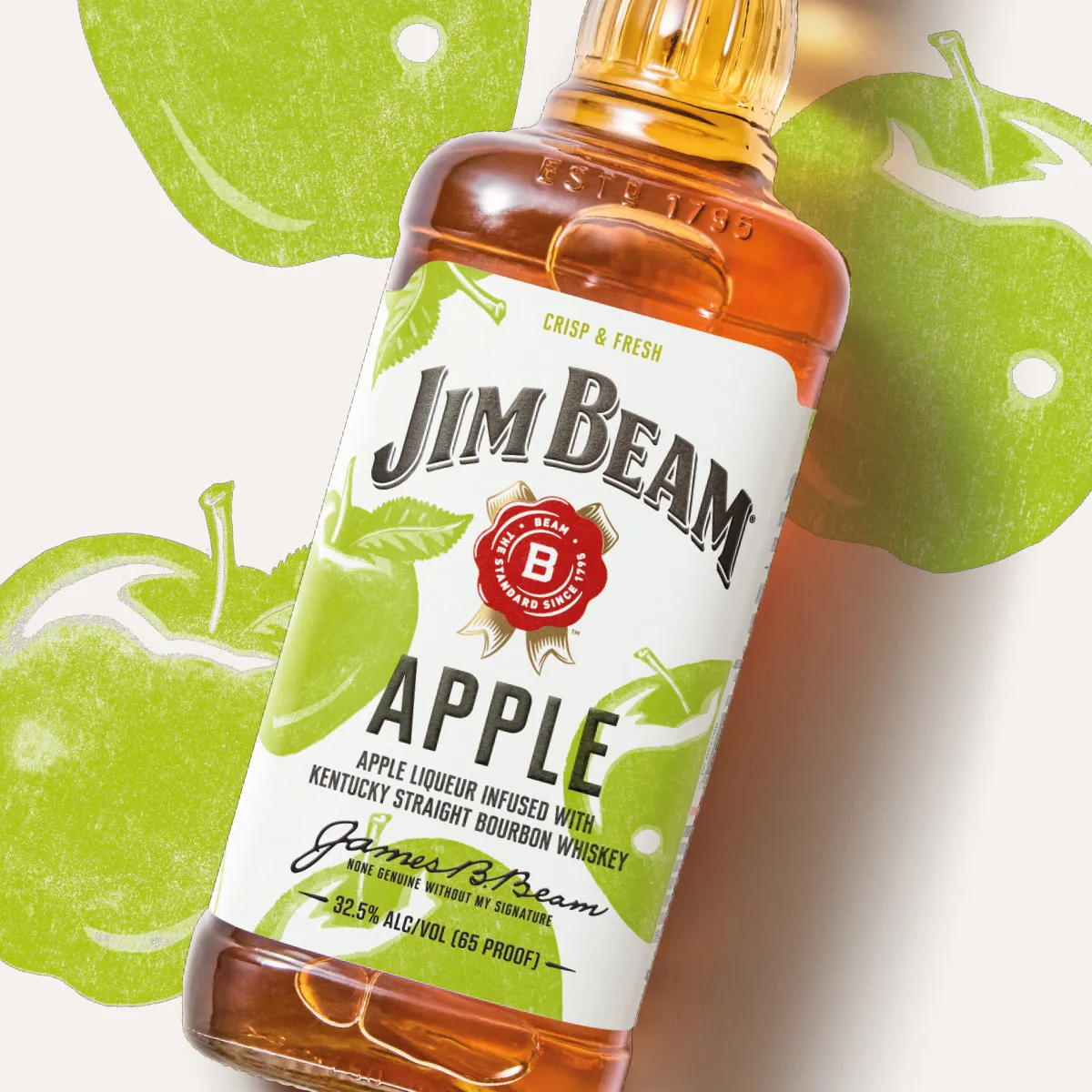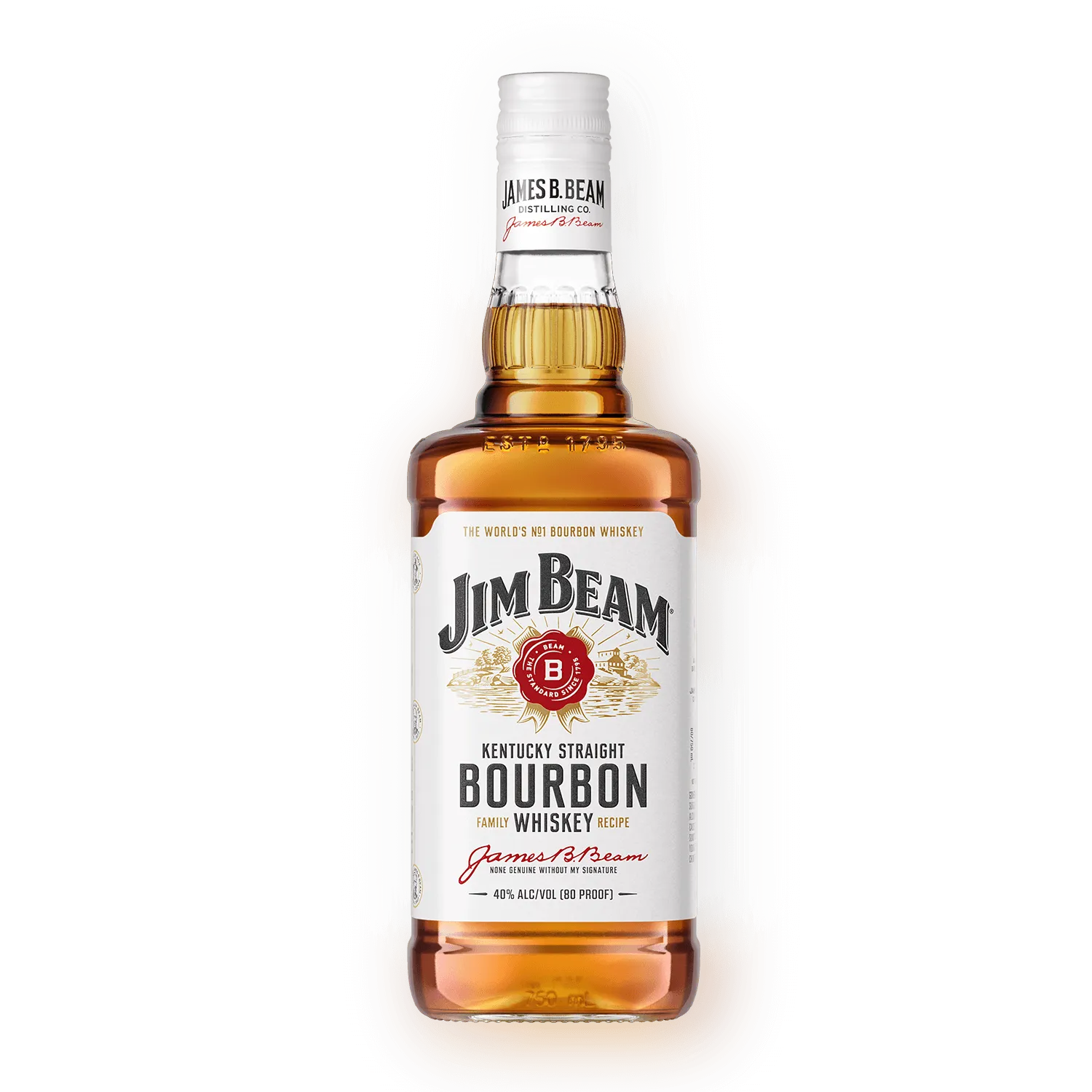



Jim Beam encourages responsible drinking. Alcohol should be consumed in moderation. By entering this website, you are agreeing to our Terms and Conditions, Privacy Policy, and Cookie Policy.
Must be legal drinking age to enter this site.
What are the
Differences between
Rye and Bourbon
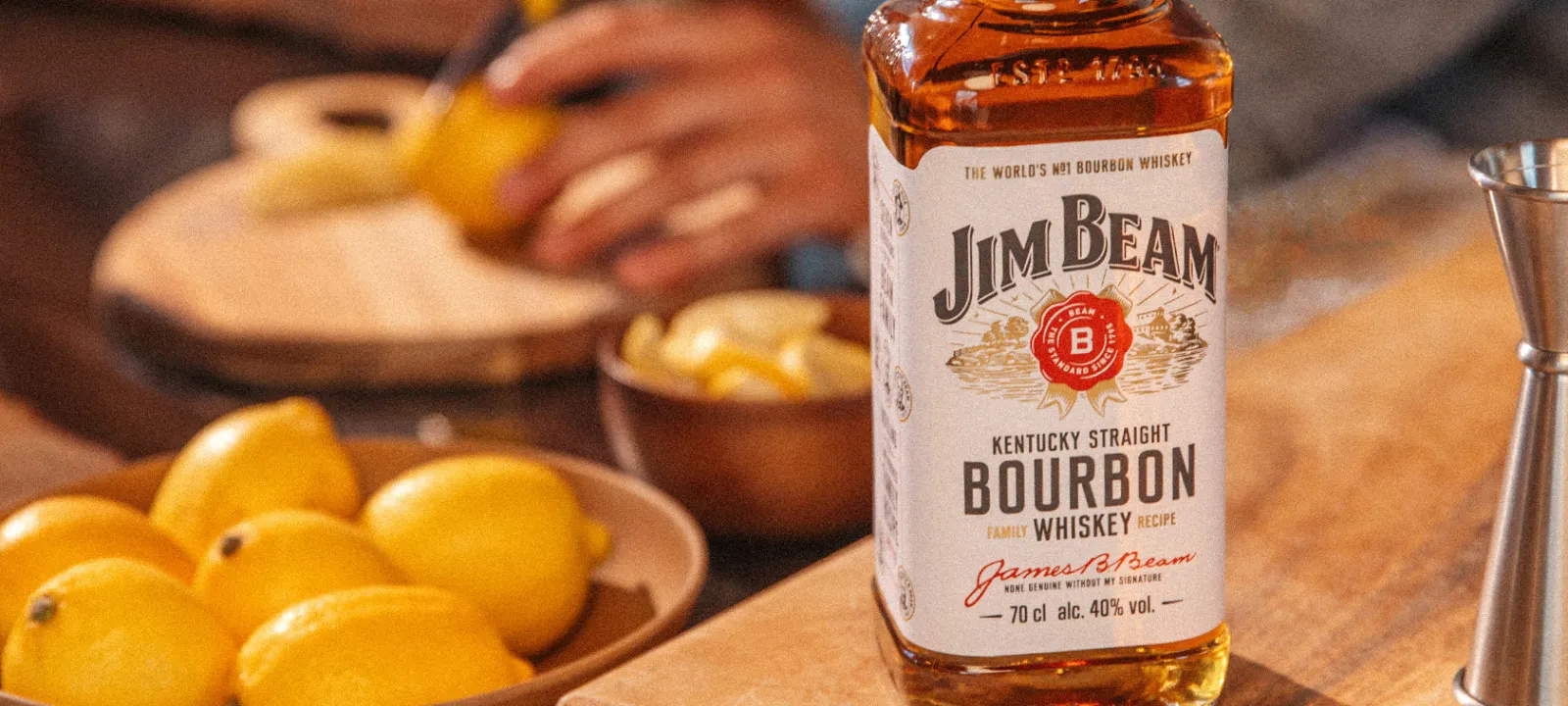
WHAT ARE THE DIFFERENCES BETWEEN RYE AND BOURBON?
If you're a whiskey enthusiast, you're no stranger to the terms rye and bourbon. Although these two beloved spirits share a family resemblance, their unique characteristics and production methods set them apart. Dive into the intricacies that distinguish rye from bourbon, from their origin stories to their distinct flavor profiles.
RYE VS BOURBON: WHAT SETS THEM APART?
While both bourbons and ryes share similarities, their differences lie mainly due to the ingredients used in making them as well as how they are aged. Let's dive in and find out more!
ORIGINS AND DISTILLING TECHNIQUES
Rye whiskey traces its origins to early settlers in Pennsylvania and Maryland, where the chilly climate was ideal for growing rye grain. On the flip side, bourbon, often called "America's Native Spirit," has its roots in Kentucky. It evolved from distillation methods brought over by Scottish and Irish immigrants.
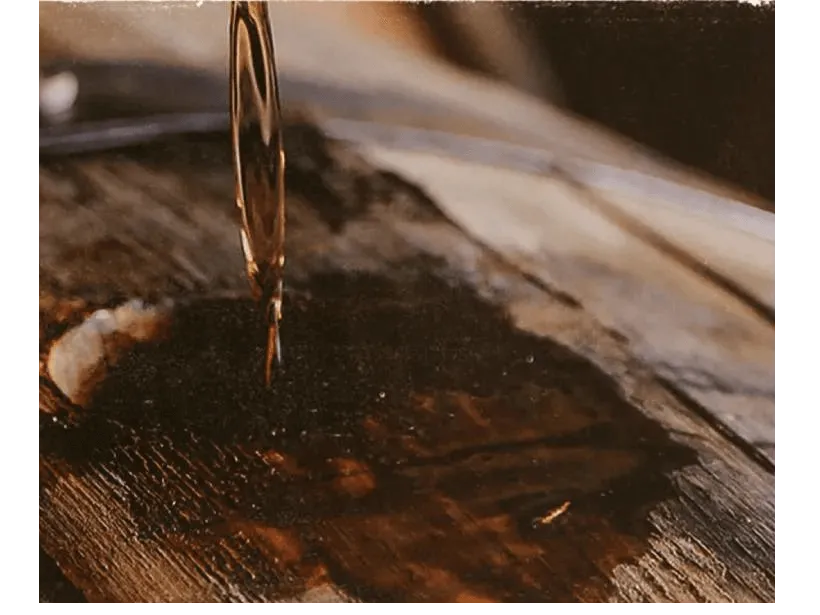
Both rye and bourbon are crafted with passion, going through stages of fermentation, distillation, and then taking their time to age in charred oak barrels. By tradition, and law, they rest there for at least 2 years. But just like every good story has its twists, these two spirits have their unique flavors and tales that give them their own distinct character.
INGREDIENTS AND MASH BILLS
Rye and bourbon are distinguished mainly by their mash bills. Rye whiskey is made with a minimum of 51% rye grain, giving it a spicier, drier taste. In contrast, bourbon, like Jim Beam, has at least 51% corn in its mash bill, leading to a sweeter profile. Our specific Jim Beam Bourbon blend is about 77% corn, complemented by malted barley and either winter wheat or a subtly flavored strain.

AGING PROCESS AND FLAVOR PROFILES
The aging process is also vital in influencing the flavor profiles of rye and bourbon whiskeys. Rye whiskey is typically aged for a shorter period compared to bourbon, allowing it to retain more of its spicy notes from the rye grain. Jim Beam Rye Whiskey is aged for at least 4 years, giving it a bold and robust flavor profile with hints of pepper, cinnamon, and other spices. Bourbon, on the other hand, must be aged in new charred oak barrels.
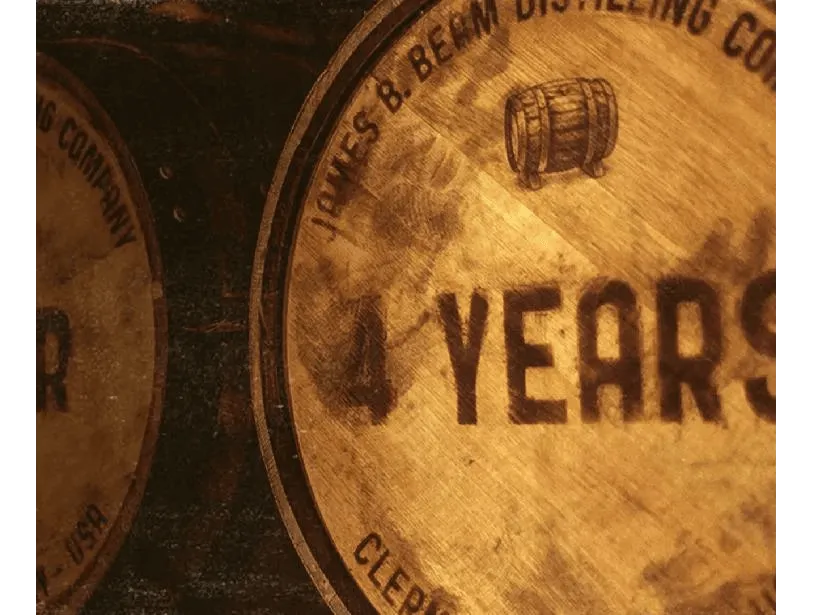
This process imparts a deep amber hue to the spirit, infusing it with notes of caramel, vanilla, and oak sweetness, which are enhanced by subtle fruity undertones that evolve over time. Our renowned Jim Beam is aged for a minimum of four years, allowing it to develop its distinctive character.
In conclusion, understanding the differences between rye and bourbon allows us to better appreciate their unique qualities. Whether you prefer the spiciness of our Jim Beam Rye, or the smooth richness of our classic Jim Beam, exploring these distinct spirits will undoubtedly enhance your whiskey journey. Each variant brings a unique taste profile to the table, promising an intriguing exploration of flavors with each sip.

